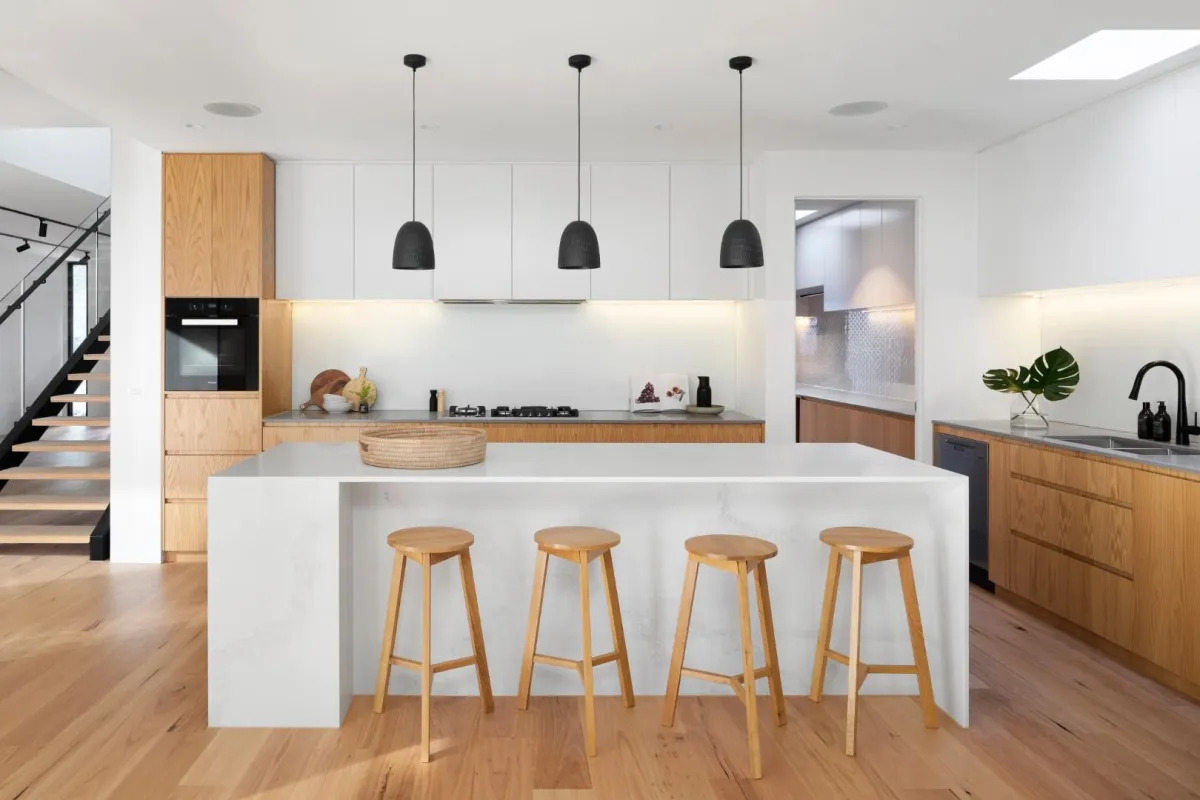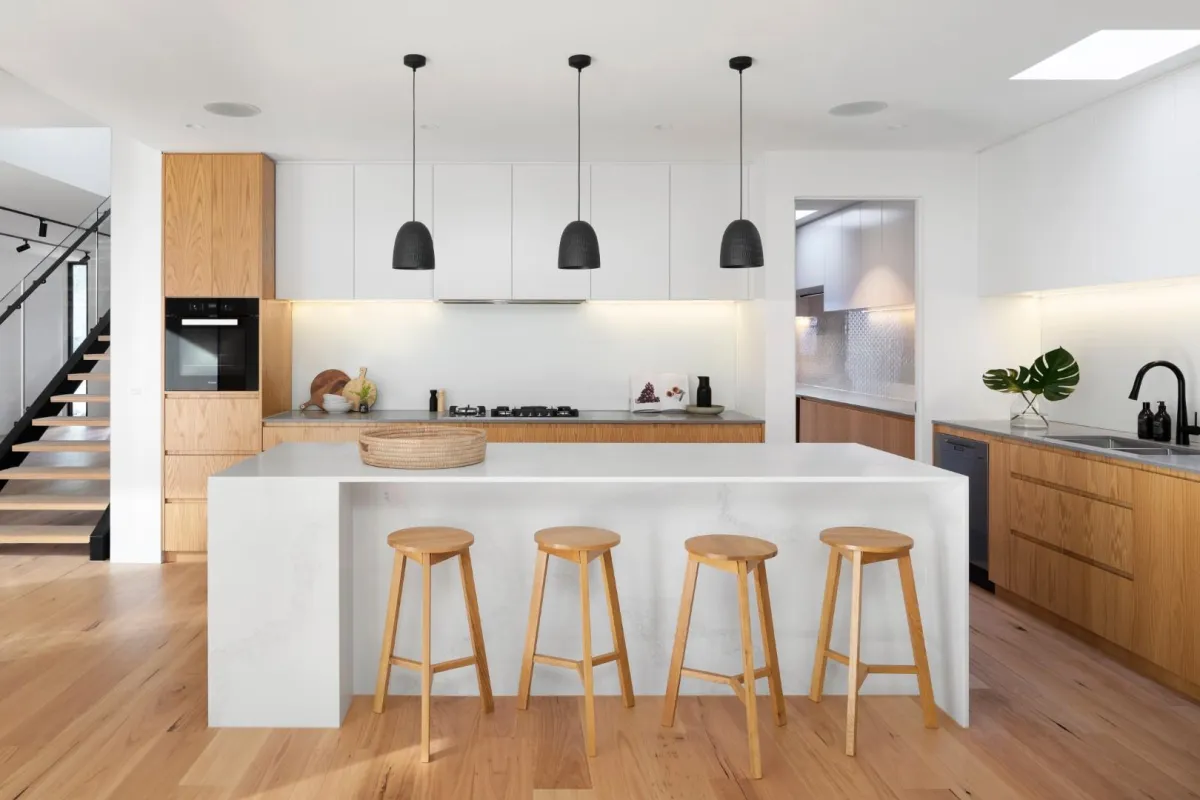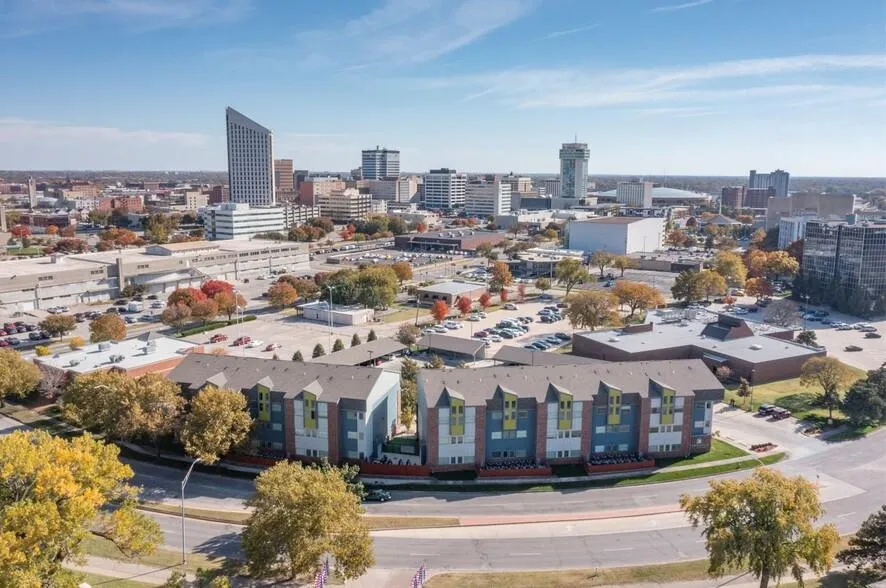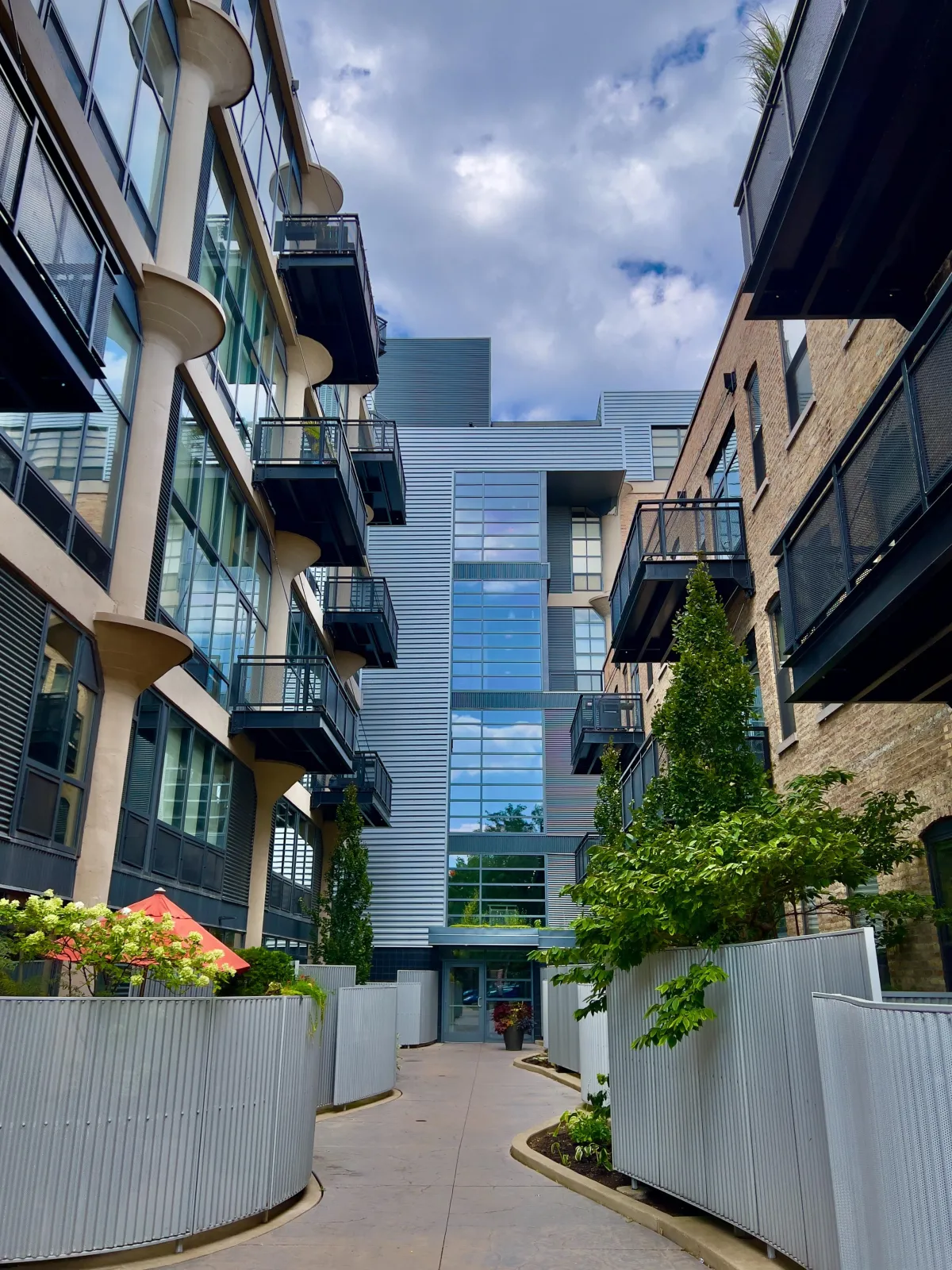INVESTMENT STRATEGY
Acquisition Criteria
The following criteria is used to identify undervalued multifamily properties for acquisition, value optimizations, management, and disposition.





MARKET SEGMENTS
Age: The 18-35 year old market segment is 22% of the U.S. population
Income: Renters who earn $40,000 or more annually
Price: Where rent is 30% or less of the median income
Retiring Baby Boomers are scaling down and enjoying maintenance free multifamily living
PROPERTY CRITERIA
Multifamily residential apartments
Pitched roof construction preferred
Occupancy above 80% with the exception of properties that require renovation, providing properties are well located and present value-add opportunities
TARGET VALUES
Size and Price: 50+ units in the $4MM – $50MM range
Returns: 7-10% Cash on Cash, Minimum Debt Service Coverage ratio of 1.25
Type: C- to B+ properties located in C- to A areas
Property Vintage: 1970 or newer
Location: Emerging market areas with indicators for strong short-term and long-term economic growth
MARKET SEGMENTS
Age: The 18-35 year old market segment is 22% of the U.S. population
Income: Renters who earn $40,000 or more annually
Price: Where rent is 30% or less of the median income
Retiring Baby Boomers are scaling down and enjoying maintenance free multifamily living
PROPERTY CRITERIA
Multifamily residential apartments
Pitched roof construction preferred
Occupancy above 80% with the exception of properties that require renovation, providing properties are well located and present value-add opportunities
TARGET VALUES
Size and Price: 50+ units in the $4MM – $50MM range
Returns: 7-10% Cash on Cash, Minimum Debt Service Coverage ratio of 1.25
Type: C- to B+ properties located in C- to A areas
Property Vintage: 1970 or newer
Location: Emerging market areas with indicators for strong short-term and long-term economic growth
Emerging Markets

HOW WE CHARACTERIZE EMERGING MARKETS
People moving in, rather than leaving the area
Jobs being created and moving in rather than lost
Rents and property values rising
Local government dedicated to attracting jobs
Markets starting to absorb oversupply
Through extensive research, we analyze many indicators to identify emerging markets in the US. We start out by performing thorough market research that includes the following areas:
Job Growth Report
Population Growth
Path of Progress Reports
Local Economic Reports & Trends
Chamber of Commerce Reports
And many more factors
HOW WE CHARACTERIZE EMERGING MARKETS
People moving in, rather than leaving the area
Jobs being created and moving in rather than lost
Rents and property values rising
Local government dedicated to attracting jobs
Markets starting to absorb oversupply
Through extensive research, we analyze many indicators to identify emerging markets in the US. We start out by performing thorough market research that includes the following areas:
Job Growth Report
Population Growth
Path of Progress Reports
Local Economic Reports & Trends
Chamber of Commerce Reports
And many more factors
Acquisition Practices
Each asset undergoes a thorough due diligence process to confirm the physical and legal status of the property and to confirm valuations to ensure achievable investment strategies.
Early in the asset evaluation phase, the debt and equity financing strategy is developed based on a number of factors such as property type, magnitude of renovations, expected hold period and investor objectives. Each asset is typically held 5-10 years depending on its exact business plan.
INVESTMENT DISCIPLINE
Asset selection involves a systematic, routine evaluation to identify favorable demand characteristics, i.e., job and population growth, demographic shifts, supply absorption rates and positive local legislation.
Markets with supply constraints receive most favorable underwriting. Markets with signs of oversupply such as surplus land, changes in zoning and increases in building permits are avoided.

Acquisition Practices

Each asset undergoes a thorough due diligence process to confirm the physical and legal status of the property and to confirm valuations to ensure achievable investment strategies.
Early in the asset evaluation phase, the debt and equity financing strategy is developed based on a number of factors such as property type, magnitude of renovations, expected hold period and investor objectives. Each asset is typically held 5-10 years depending on its exact business plan.
INVESTMENT DISCIPLINE
Asset selection involves a systematic, routine evaluation to identify favorable demand characteristics, i.e., job and population growth, demographic shifts, supply absorption rates and positive local legislation.
Markets with supply constraints receive most favorable underwriting. Markets with signs of oversupply such as surplus land, changes in zoning and increases in building permits are avoided.


Value-Add Strategy
Think of it as a business rather than a building. The more income it generates, the more it is worth. When we purchase an apartment complex, we are looking for specific opportunities to increase the cashflow in different areas. These are called “Value Plays” or “Value Adding Components”.
VALUE PLAYS WE CAPITALIZE ON
Mismanagement caused by owner self-managing
Poor supervision of management companies
Deferred maintenance
High vacancies
Below market rents
Some examples of value-add plays we implement:
Improve curb appeal by improving landscaping, adding dog parks, carports, etc. Residents will pay more when a property is in better condition and has amenities.
Purchasing a property that is 10% or more under current market rents. This gives us the opportunity to increase rents and immediately increase the value of the property.
Implement a water and sewage bill-back system to charge the residents for actual usage. Most apartment owners pay for all the water. When we bill back the residents it helps offset expenses and increase the cash flow. Through this system residents tend to become more frugal and will decrease overall operating expenses.
Improve unit interiors with new paint, appliances, countertops, and floors.
Adding a coin laundry facility to the complex.
Value-Add Strategy


Think of it as a business rather than a building. The more income it generates, the more it is worth. When we purchase an apartment complex, we are looking for specific opportunities to increase the cashflow in different areas. These are called “Value Plays” or “Value Adding Components”.
VALUE PLAYS WE CAPITALIZE ON
Mismanagement caused by owner self-managing
Poor supervision of management companies
Deferred maintenance
High vacancies
Below market rents
Some examples of value-add plays we implement:
Improve curb appeal by improving landscaping, adding dog parks, carports, etc. Residents will pay more when a property is in better condition and has amenities.
Purchasing a property that is 10% or more under current market rents. This gives us the opportunity to increase rents and immediately increase the value of the property.
Implement a water and sewage bill-back system to charge the residents for actual usage. Most apartment owners pay for all the water. When we bill back the residents it helps offset expenses and increase the cash flow. Through this system residents tend to become more frugal and will decrease overall operating expenses.
Improve unit interiors with new paint, appliances, countertops, and floors.
Adding a coin laundry facility to the complex.





